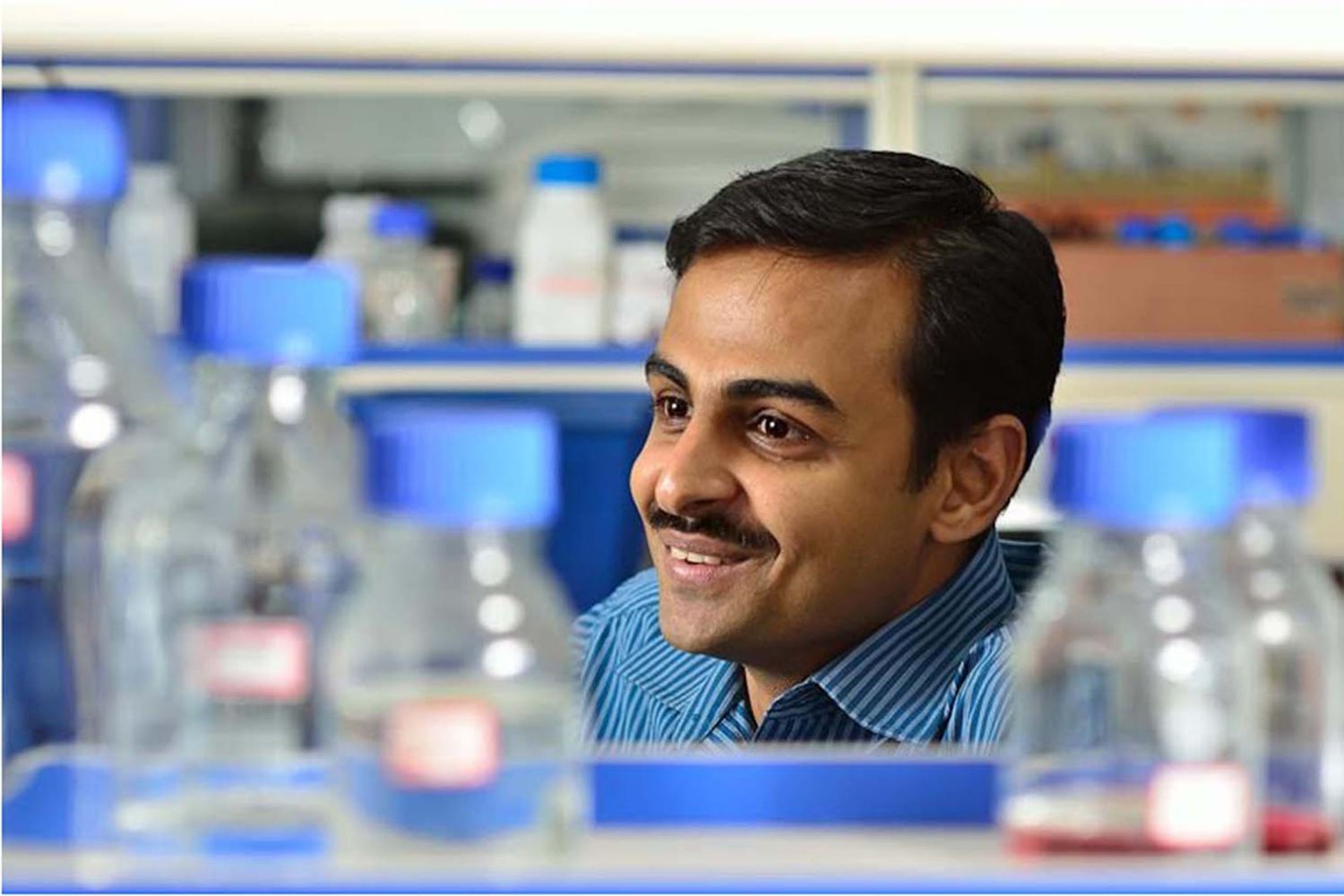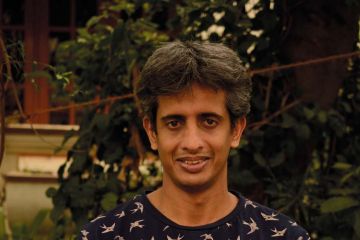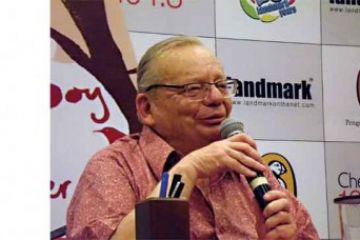
Proteins are the workhorses that build the structures for
life, cell by cell, tissue by tissue, organ by organ. They’re the molecules
that drive all biological processes, working tirelessly to keep cells healthy
and functioning. As with everything, proteins too wear out, thousands of them
every minute—becoming functionless; they misfold; they go bad. Cells make new
proteins, even as they clean up the old ones, and on and on it goes.
Without the auto house-cleaning mechanism within the





